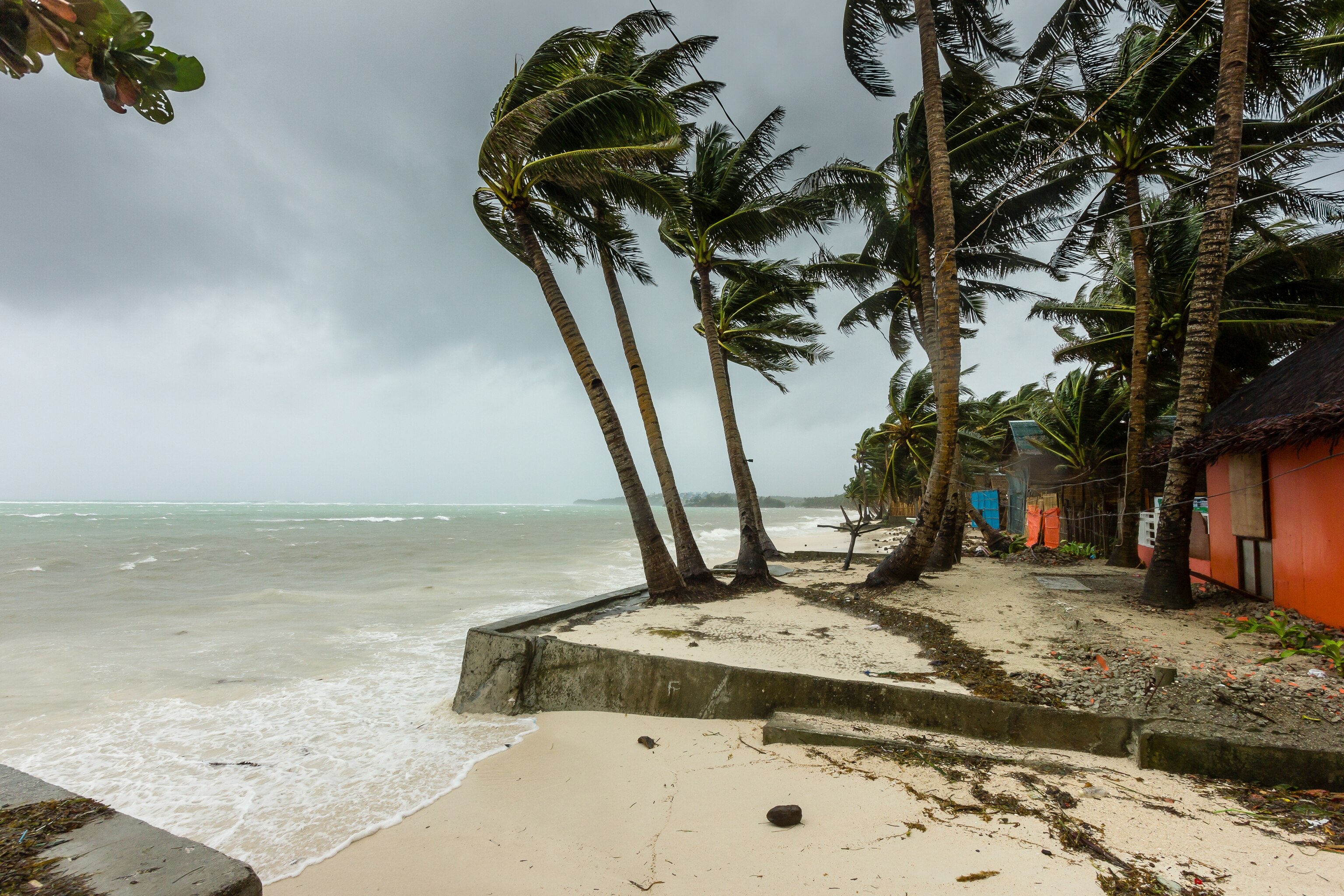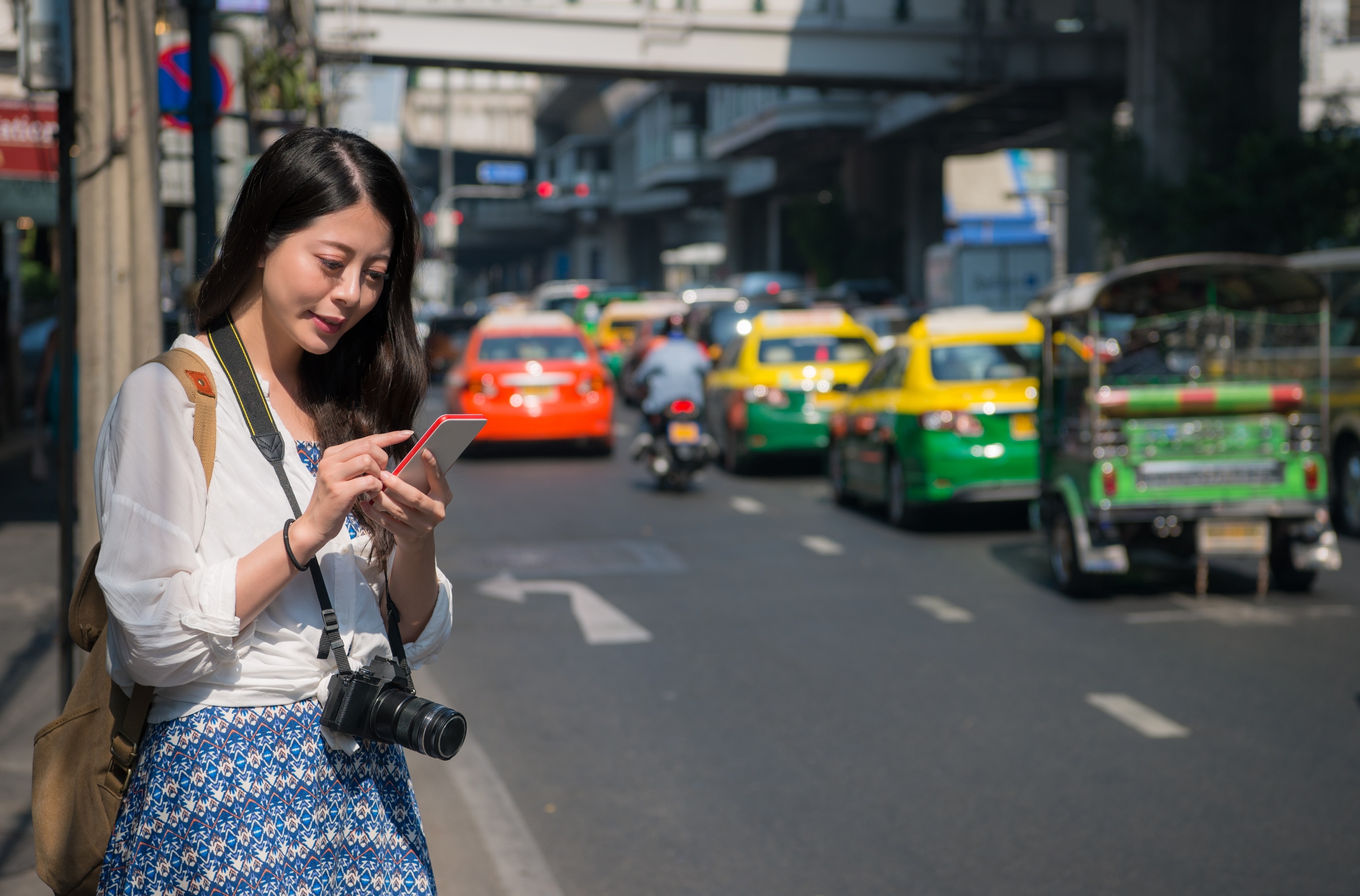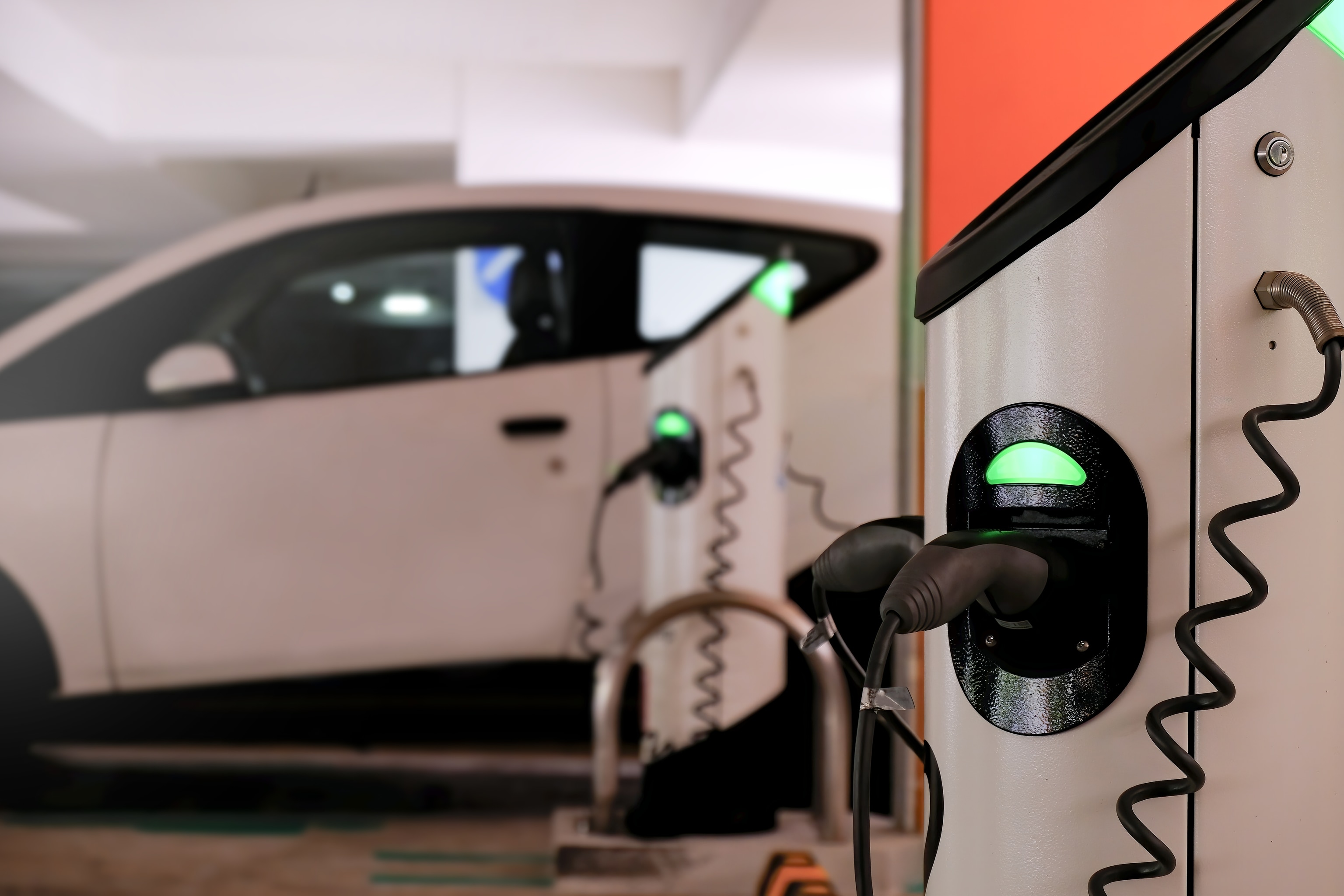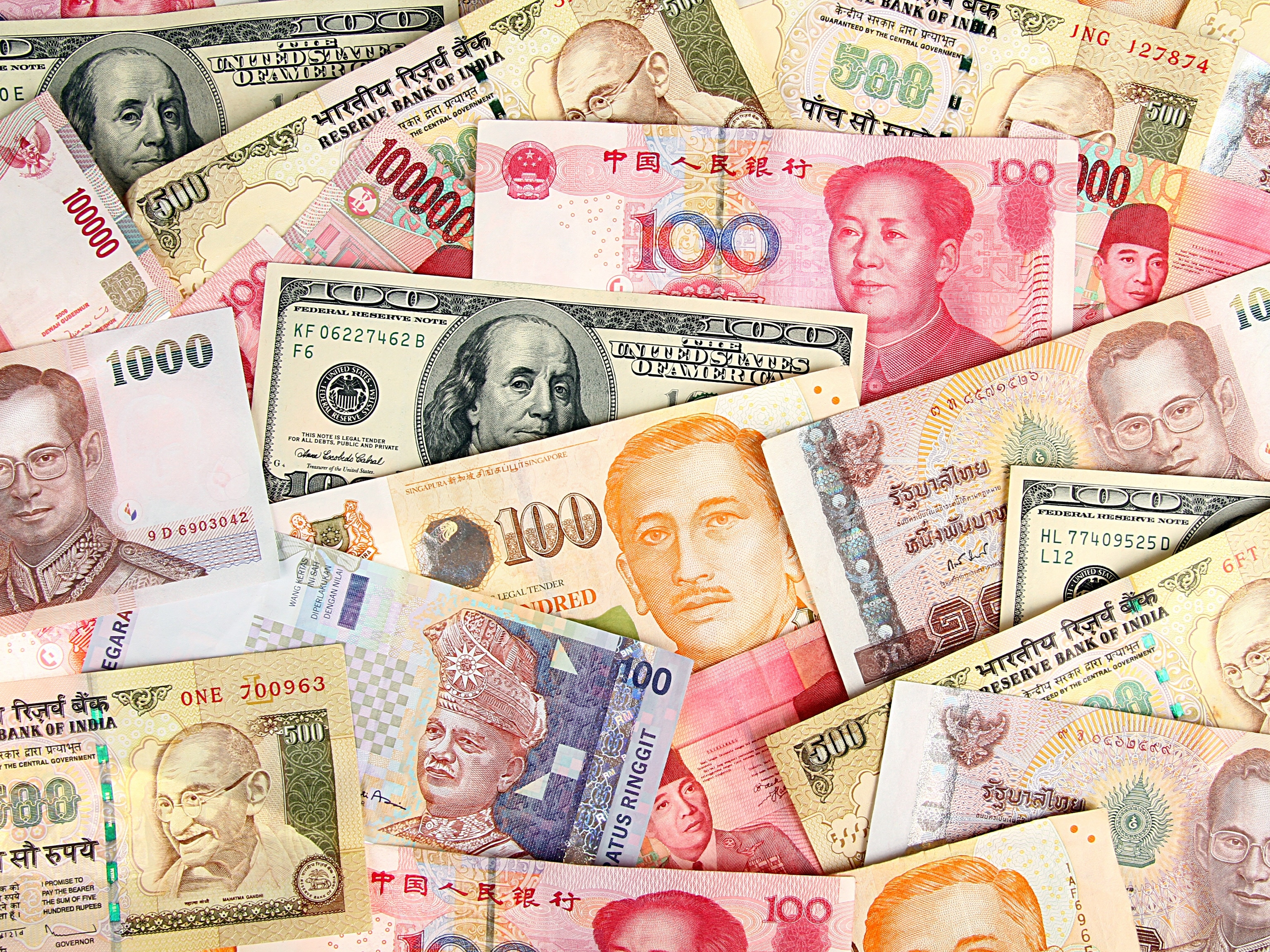
With Southeast Asia under threat against climate change, everyone can pitch in to help
Corporations, consumers, and governments can work together to help slow down the potential climate crisis in Southeast Asia.
Southeast Asia has a population of approximately 680 million people and its countries are seeing rapid economic growth. However, it is also expected to be one of the regions which could be most heavily affected by climate change.
Natural disasters already regularly affect the region. Two recent examples are Typhoon Rai that hit the Philippines and Cyclone Seroja, which affected Indonesia.
Urgent action is required to build up the region’s climate resiliency, and it is a collective responsibility.


Some governments, companies and consumers have recognized that there needs to be additional emphasis on developing sustainable behavior. This has led to more widespread adoption of eco-friendly habits and practices across the spectrum, from the development of government policies, business decisions, and individual lifestyle choices.
Electric vehicles could be an important piece of the puzzle
Electric Vehicles (EVs) have been a hot topic in regard to climate change, especially since 92% of transport-related emissions in Southeast Asia come from road transport.
Some Southeast Asian nations have started focusing on ramping up EV production. Indonesia wants 20% of all cars built there to be EVs by 2025 and Thailand wants to hit 30% by 2030. Thailand also lowered taxes on EVs from 8% to 2% to help incentivize citizens to buy them.


Grab, a ride-hailing company with a presence across Southeast Asia, has been a strong advocate of transitioning to EVs, while taking into consideration their social sustainability strategy to provide economic empowerment for all in the region.
They are actively helping their driver-partners transition to EVs by making them more affordable through partnerships with automakers, energy providers and other key industry players. They already operate the largest ride-hailing EV fleet in Indonesia with about 8,500 vehicles and also have a feature in Singapore called ‘Eco-friendly Rides’ that allows users to be prioritised for a cleaner energy vehicle for their rides. More than one million rides on cleaner energy vehicles have been provided through that initiative so far since its launch in 2021.
However, some argue that EVs have limitations with regards to curbing emissions. Since Southeast Asia primarily uses fossil fuels to generate electricity, emission reductions may not be currently comparable to regions that use more renewable energy. Additionally, EV adoption does also generate concerns around the safe disposal of solar panels and EV battery resources, so they are not the be-all and end-all solution for climate resilience.
It should be noted, though, that Southeast Asian nations are making a strong push toward decarbonizing electricity generation, which means driving emissions should fall for both existing and new EVs.

Carbon offsetting is another focus area
Carbon offsetting is the practice of balancing carbon emissions generated by investing in projects and schemes that reduce greenhouse gas emissions or increase carbon storage. The idea is to ensure that companies and countries have a reasonable counter-response to the effects that their practices have on the environment. For example, planting trees in deforested areas can help increase carbon storage, which in turn offsets some emissions.
High footprint industries like aviation are taking steps toward positive change. For example, the Carbon Offsetting and Reduction Scheme for International Aviation (CORSIA), which is targeted at ensuring aviation emissions above 2020 levels are offset elsewhere, was enacted in 2016.
Carbon offsetting is especially important because of Southeast Asia’s reliance on fossil fuels. Since 2000, energy demand has increased by an average of 3% a year, and the International Energy Agency estimates that roughly 75% of this demand is met by fossil fuels, increasing CO2 emissions by a third. The region has recently started to see more investment in renewable energy, but only 40% of Southeast Asia’s energy investment has gone to that sector.
This means that for the near future, carbon offsetting will continue to play an important role in helping balance out the region’s large carbon footprint. Fortunately, many carbon offsetting programs are inexpensive for consumers, which helps increase participation.

No effort is too small
Consumers are becoming more aware of the need for sustainable practices. Considering that Southeast Asia is home to over 680 million people, it’s easy to see how the ability to move the needle on climate resilience can scale up as more people and businesses become actively involved.
Younger people are spearheading this wave of environmentally conscious behavior by using their purchasing power to support sustainable products, even to the point of being willing to pay 10% more for them. Since 2016, the popularity of internet searches relating to sustainable goods has increased by 71%.
Consumer support for the environment has gone beyond purchasing patterns. Now, customers also work with companies to combat emissions, such as voluntarily joining in carbon offsetting programs. For example, Grab users are able to purchase carbon offsets at less than US$0.10 per ride, and the funds generated from that initiative go towards reforestation and conservation projects managed by local non-governmental organizations.
There are other potentially big economic incentives for Southeast Asia when it comes to supporting sustainability. According to the Asian Development Bank, every $1 million of government spending on renewables creates five times as many jobs compared to the same amount being spent on fossil fuels.
There’s also been increased government support for EV adoption around the region. For example, Singapore has reduced road taxes for EVs by up to 34%, while in Malaysia all EV owners will be completely exempted from road tax.
Collective efforts in recent years are a good reflection of just how many more of us are taking sustainability seriously. Entire industries are rising to support these efforts, like EV manufacturing and solar farms, and activities like reforestation are becoming more widespread. This is a win-win situation for the planet and those of us who reside in it.



